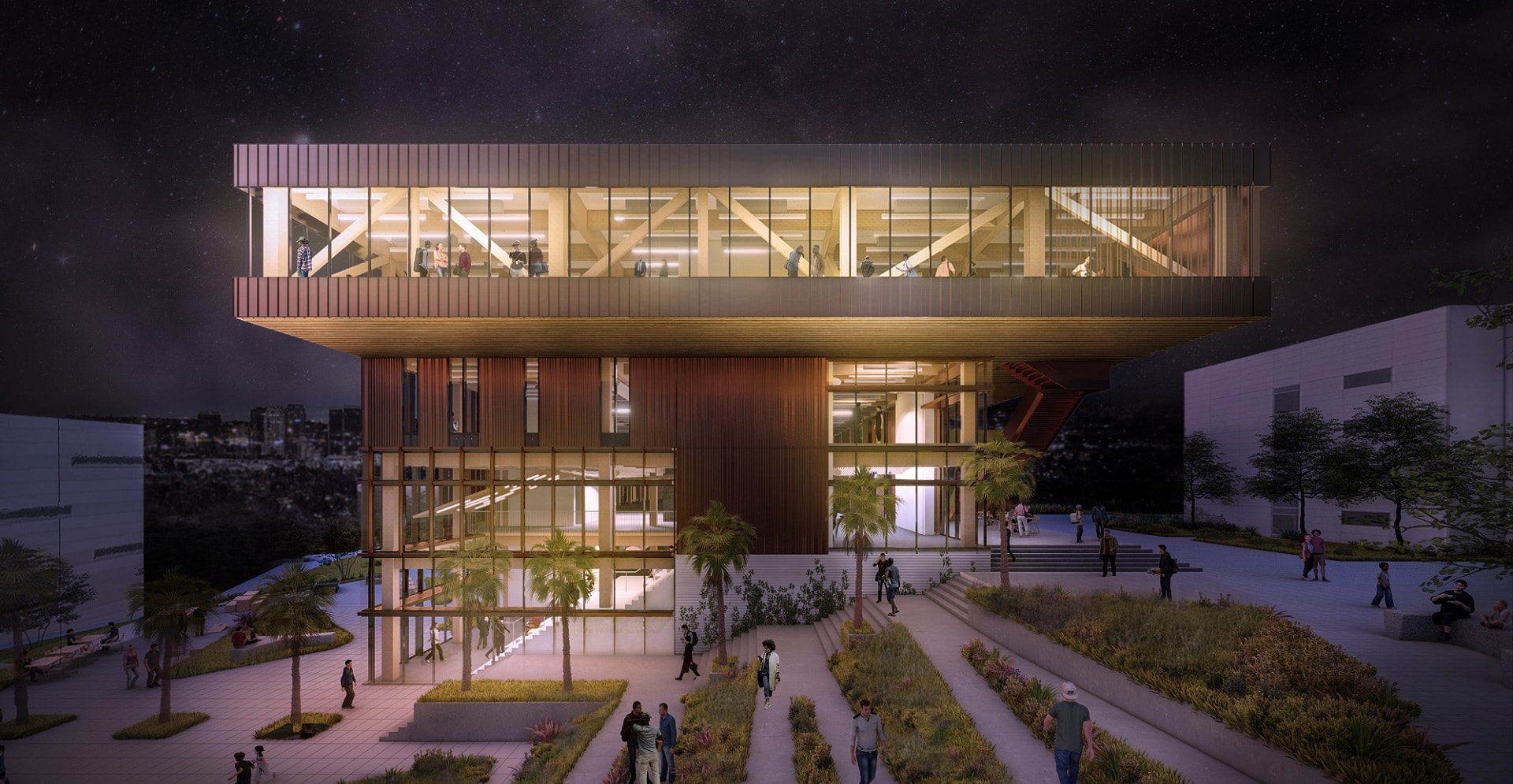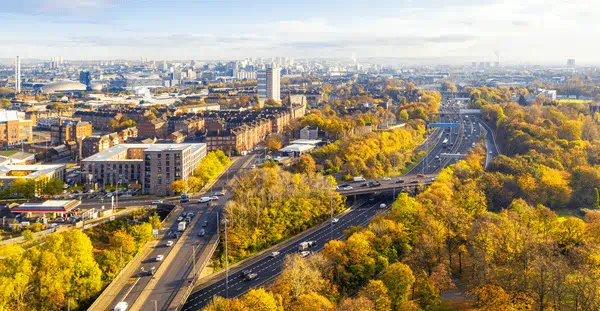In today’s turbulent world, a wide swath of powerful societal and environmental forces are having an impact on the practice of design and architecture and changing the way built space designers, architects and planners are responding to the new context of the world around us.
Among the key contextual drivers affecting our business today are the global climate emergency, human migration, changing societal expectations around justice, equity, diversity and inclusivity (JEDI) and, finally, technology, the preeminent means to facilitate, guide and often dictate how people everywhere perceive the world and engage with the people and the environment around them.
Responding to these contextual drivers in a meaningful, effective and socially sensitive manner is a critical responsibility of business and political leaders everywhere, including among the ranks of city-building designers, architects, planners and engineers who are accustomed to relying on innovation to solve real-world problems on a daily basis.
Improving the human experience
Technology and innovation can really only have a positive and meaningful impact in addressing these contextual drivers if the goal is to create an output that improves the human experience. It’s not enough to create buildings and spaces that are unique and aesthetically pleasing to design enthusiasts. They must have real purpose, meaning and impact.
One way to create a more definitive design-based connection between built environments and an improved human experience is to closely and honestly examine the social context of the space being designed and the people it will be serving and then ask whether there are new, contemporary tools, materials and processes that can be applied at the design stage to help produce a life-enhancing product at the outcome stage.
Contextual contemporaneity
This blending of the contextual with the contemporary in the modern architectural design of buildings leads to a concept I refer to as contextual contemporaneity, a term that may sound esoteric but which, in fact, is very much dependent on pragmatic and grounded realities in order to be done right.
As an architectural design concept, contemporaneity—referring to the quality of being current in time—opens the door to accepting changes in perspective over time, providing latitude for continual learning and improvement and, above all, granting permission for built spaces to adapt to the context of the changing world in which they exist.
So, what does this all mean in practical architectural design terms? The approach we take at Arcadis is to apply a problem-solving lens to virtually every client brief that comes before us, where we assess as many existing and evolving social input factors as possible before recommending a sustainable design-based solution to the problem.
Oftentimes, the key to addressing the problem at hand goes beyond the simple design of a building or public space and extends to the integration of technology and/or a wide range of material innovations to complement a broader, more impactful solution.
Collaborative approach to problem solving
What’s important to remember is that when we work with our clients and partners to collaboratively examine a problem by fully considering the context behind it, it’s much easier to step away from any preconceived notions of what the solution should look like.
One iteration of this approach is parametric design. At Arcadis, we use algorithms and computational design tools to visualize, with our clients a potentially unlimited number of experimental design paths and workflows before determining the ultimate design response to a specific project.
A parametric design approach allows us to visualize and evaluate multiple design alternatives, thus taking away much of the guesswork and bias that often sends design projects on a misguided path.
Our experience shows us that sometimes the best solution may hinge on a set of contemporary technology innovations, or it may need some sort of guided human behavioral change, and sometimes it may be dependent on a larger community context that may not have been envisioned at all at the outset of the exercise.
The beauty of a contextual and contemporary design approach is that it can encompass all these possibilities to achieve a truly impactful outcome.




